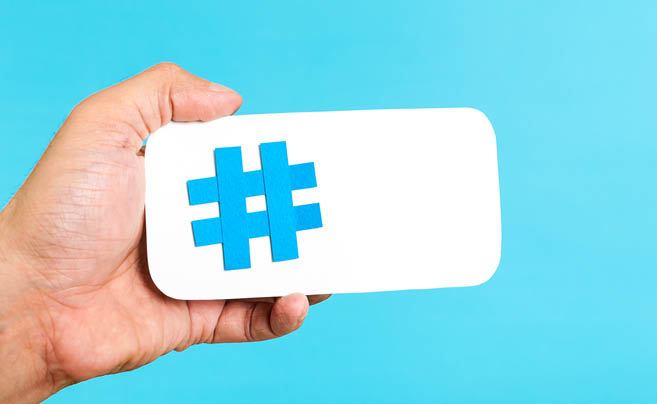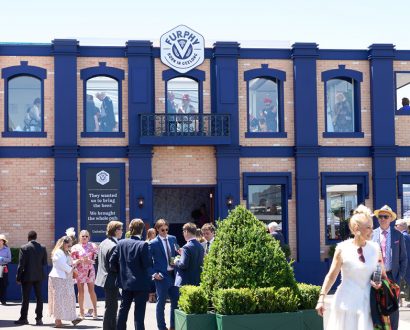It’s not hard to imagine the scene: The taxi industry is in crisis, bleeding passengers to Uber as the value of plates fall. Leaders from the Victorian Taxi Administration have gathered to fight back.
“What we really need is to get all the positive stories out there,” says A. “All those stories about honest drivers who return wallets and mobile phones, or go out of their way to help the elderly or people with disabilities. How come we never hear about them?”
“Taxis have a rich history. They’re in songs, books, they’re cultural icons. How did Paul Kelly get ‘to her door’? He did it in a Silvertop, that’s how! Taxis belong to the local community. We need to give people a sense of ownership,” says B.
“I know,” says C. “Why don’t we run a social media campaign asking people to tell those positive stories, and support taxis? We could call it #yourtaxis.”
And so they launched what, in all likelihood, was one of the most epic of social media PR fails of last year, as passengers rushed to regale Twitter with tales of bad service, sleaziness, poor personal hygiene, and unreliability.
Tweets included:
- It smelled like a wookiee’s armpit. I was preached at about how Somali immigrants are destroying Australia for 25 min. #yourtaxis
- Driver said he didn’t know where Flinders Street Station was and had me direct him there. Flinders. Street. Station.
- The @yourtaxis account is such a social media disaster it’s almost like they want @Uber to kick their butt.
- been groped + the “am i driving to your home? where is your husband? are you married?” schtick. #yourtaxis
- driver fell asleep on freeway and almost wiped out car in next lane because he’d pulled an all-nighter #yourtaxis
In hindsight, it was a train wreck waiting to happen. The not-so-funny thing is that there were similar campaigns in previous years that had also come to grief. The writing was on the wall, but no-one read it.
In 2011, the Qantas fleet was grounded without notice, resulting in thousands of unhappy passengers.
With impeccably bad timing, the brand’s social media team rolled out a #QantasLuxury competition, asking passengers to use the hashtag and describe their ideal luxurious Qantas experience.
Within minutes of the campaign starting, the backlash started with unhappy customers jumping at the chance to share their frustrations:
- Getting from A to B without the plane being grounded or an engine catching fire
- More than 3 mins notice that the whole service has been grounded #QantasLuxury
- My #QantasLuxury experience would be no matter what time or duration of the flight a proper meal is served. A cookie is not a meal, its a joke
- #QantasLuxury? 1. Plane takes off/arrives on time; 2. Baggage delivered promptly. This used to be called #QantasService
- #Qantasluxury is the dream world Alan Joyce lives in where all the feedback to the Qantas action has been positive.
And, in 2014, the #myNYPD went similarly astray. Asked to post photos of themselves with New York police, the public instead posted photos of alleged police brutality. Today, the hashtag is still being frequently used to complain about alleged police racism, violence and misdemeanours.
What’s the lesson here? A hashtag campaign won’t fix the problems you have with customers — and could turn into a full-blown communications crisis.







